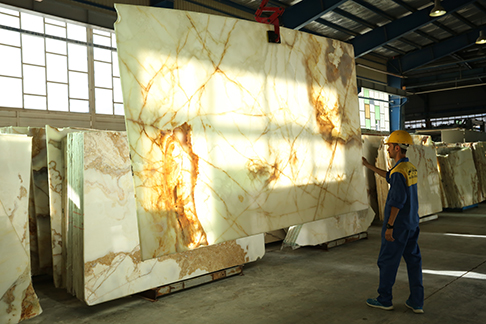
Travertine is one of the decorative stones that is used for construction. Highlights of travertine such as strength, beauty, and color variety are among the reasons for its popularity.
how it is formed Travertine?
It is calcite and to some extent crystalline, a porous or cellular layer of chemical origin.
Travertine is generally composed of calcium carbonate precipitating in hot or carbonated water solutions and usually in shallow water. It is sometimes classified in the limestone group for commercial purposes (because it is primarily composed of calcium carbonate) and sometimes in the marble group when it is polished. Travertine has a fibrous appearance and is found in white, bronze, cream, and red.
The word travertine is derived from the name of the ancient Italian city of Tibur, also known as Tivoli, whose roots date back to ancient Roman times.
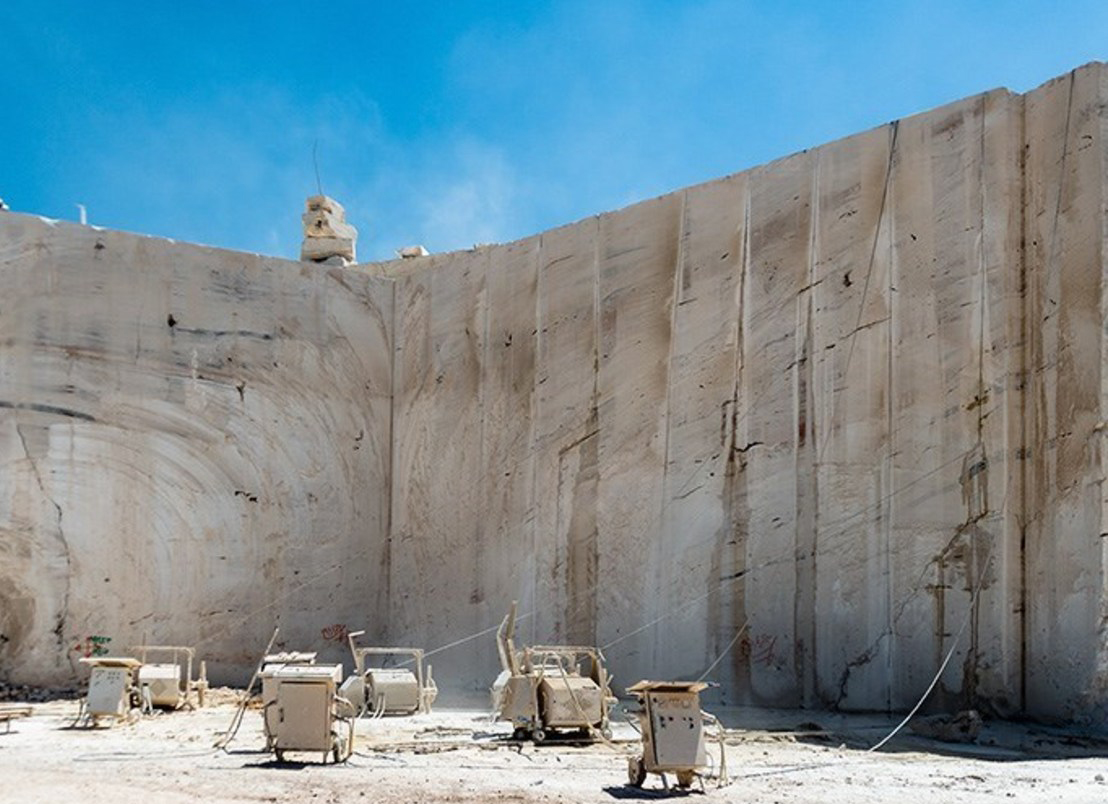
Properties of travertine
Due to the pores behind the travertine can be used for the exterior of the building. Because the mortar absorbs the stone well and sticks firmly to the desired surface.
The specific weight of travertine is 2500 kg per cubic meter and has an acceptable strength.
This stone has high resilience and if it is covered with materials such as epoxy, it can be used for floor facades.
Travertine is used in stairs and unpolished type of this stone, which has a matte color and has very low slipperiness in places such as bathrooms and toilets.
Why is travertine used?
Although travertine is not marble, they are very similar in appearance. Travertine has a lot of porosity, which makes it resistant to heat and direct light. The pores in the travertine stone give the stone an opaque state and prevent light from reflecting.
The use of this type of stone is very useful for facades and stairs and will maintain their resistance in the building used for many years. The variety’s color in travertine is very diverse and due to the natural colors, they will give a special effect to the environment.
The feature that attracts the most users is the various shapes and designs of the stone. Travertine has a very high diversity in design. So that no two stones of this type will be the same design, even if they are the same color.
Types of travertine
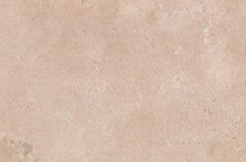
Dare bukhari travertine stone
dare Bukhari travertine is one of the most widely used and popular types of travertine. The background of the stone is light cream to chocolate. dare Bukhari travertine has two types of corrugated and non-corrugated and is very resistant to abrasion, discolouration, or paleness and breakage.

Tekab travertine stone
Tekab travertine stone has a cream to chocolate background color range. This stone turns white in tonnage of bright colors. Tekab travertine stone, like other travertine stones, has high susceptibility and good strength.
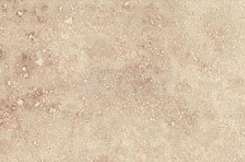
Atashkooh travertine stone
Atashkooh travertine is one of the most beautiful travertine stones. This stone has a high density and has stunning and attractive shapes and designs. This stone is also available in two models with and without waves. It has excellent subsurface, very light colour, regular waves, and very high density.
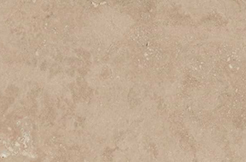
Lushan travertine stone
Lushan travertine stone has a cream to the beige background colour. This stone has more porosity than other stones and has a duller colour. Due to the weight and thickness of the stone, it is used in the facade of the building. In some cases, because the stone is not slippery, it is used in bathrooms and toilets.
Types of travertine
There are different types of travertine stones, the names of which are extracted from the area Taken. Among the travertine stones, the following can be mentioned.
uses of travertine
Travertine is often used as a building material. The Romans extracted travertine deposits to build temples, aqueducts and monuments, baths, and amphitheaters such as the Colosseum (one of the world’s largest structures and the largest theater in ancient Rome).
Traces of the use of travertine can be seen in the twentieth century. From Los Angeles and California to Paris and the heart of Rome, there are structures whose facades or floors are made of this stone. Travertine is one of several natural stones used for patio paving and garden paths. The stone is identified by the holes and depressions it has on its surface. This depression is due to the presence of natural gases that were trapped inside the rock at the time of formation and are now seen as cavities.
Travertine is naturally available in a variety of colors from cream, white, chocolate, red, walnut, lemon, and silver.
